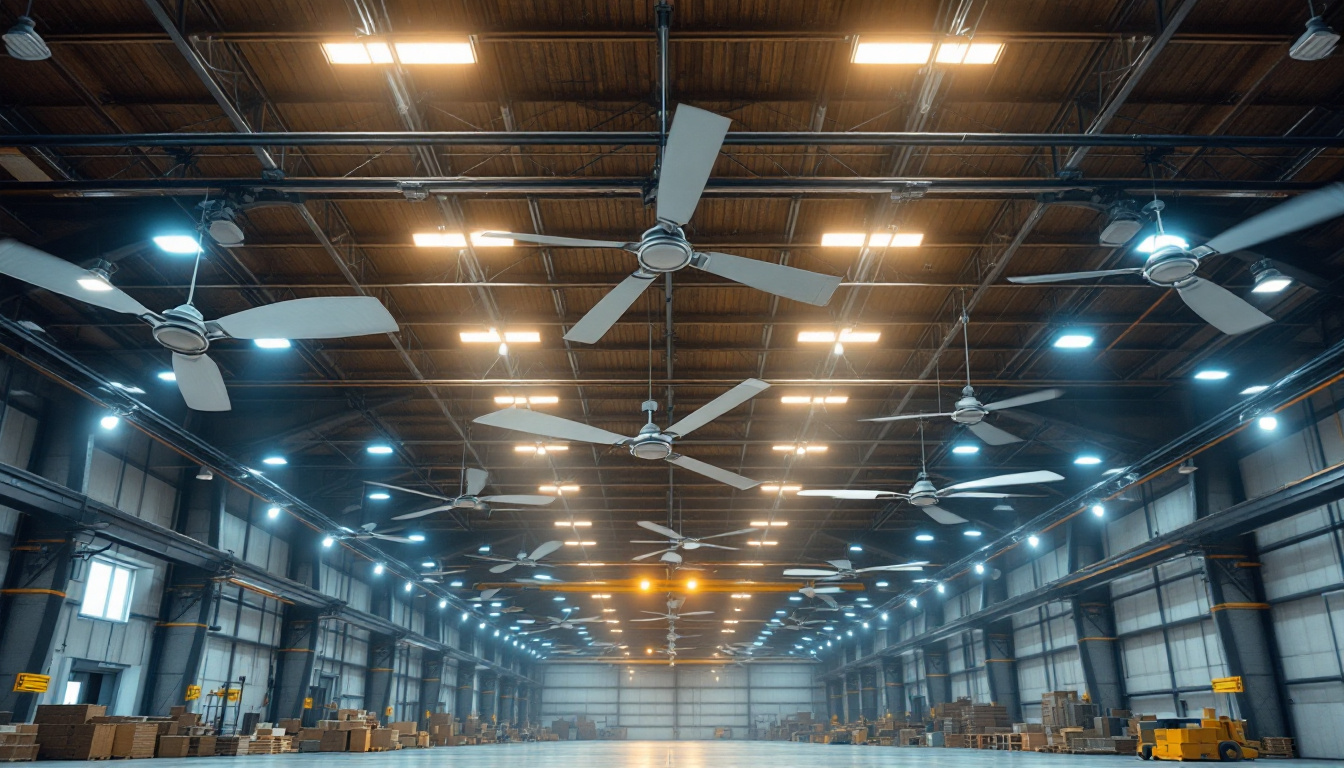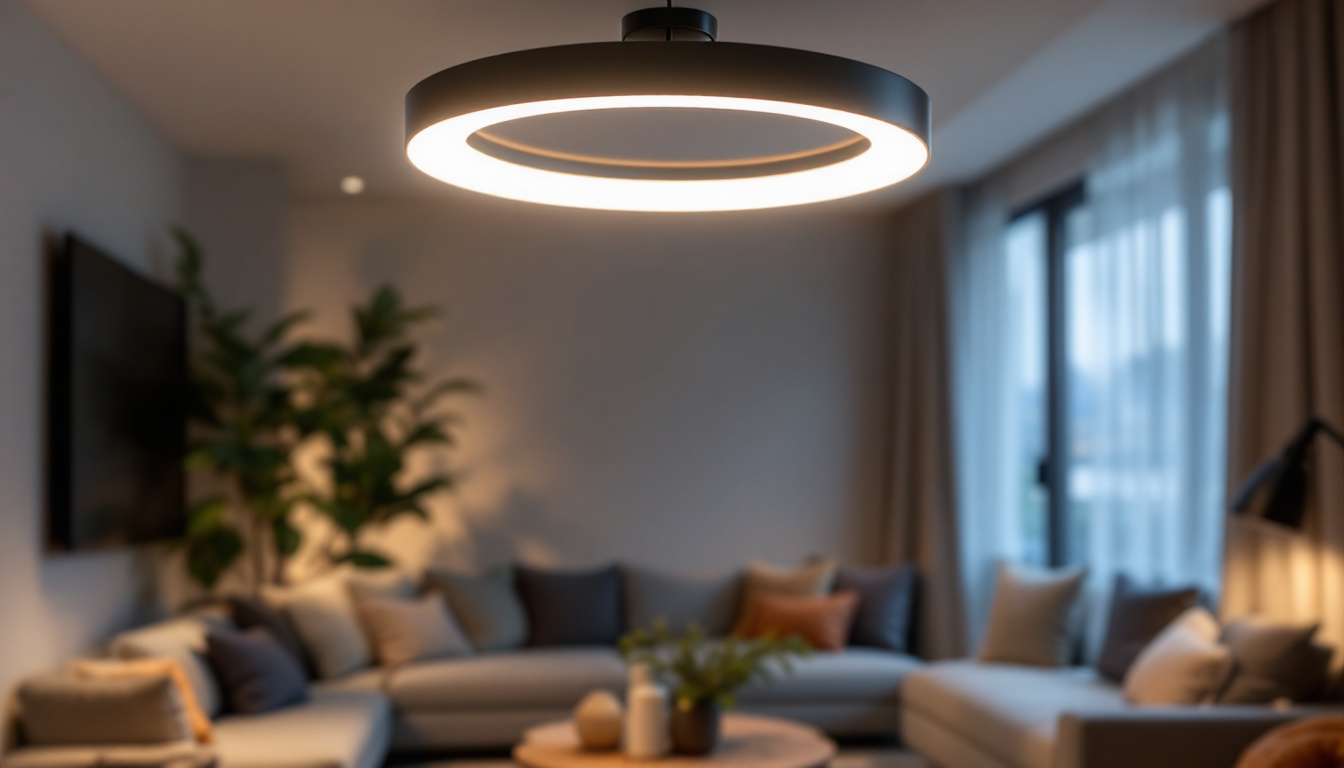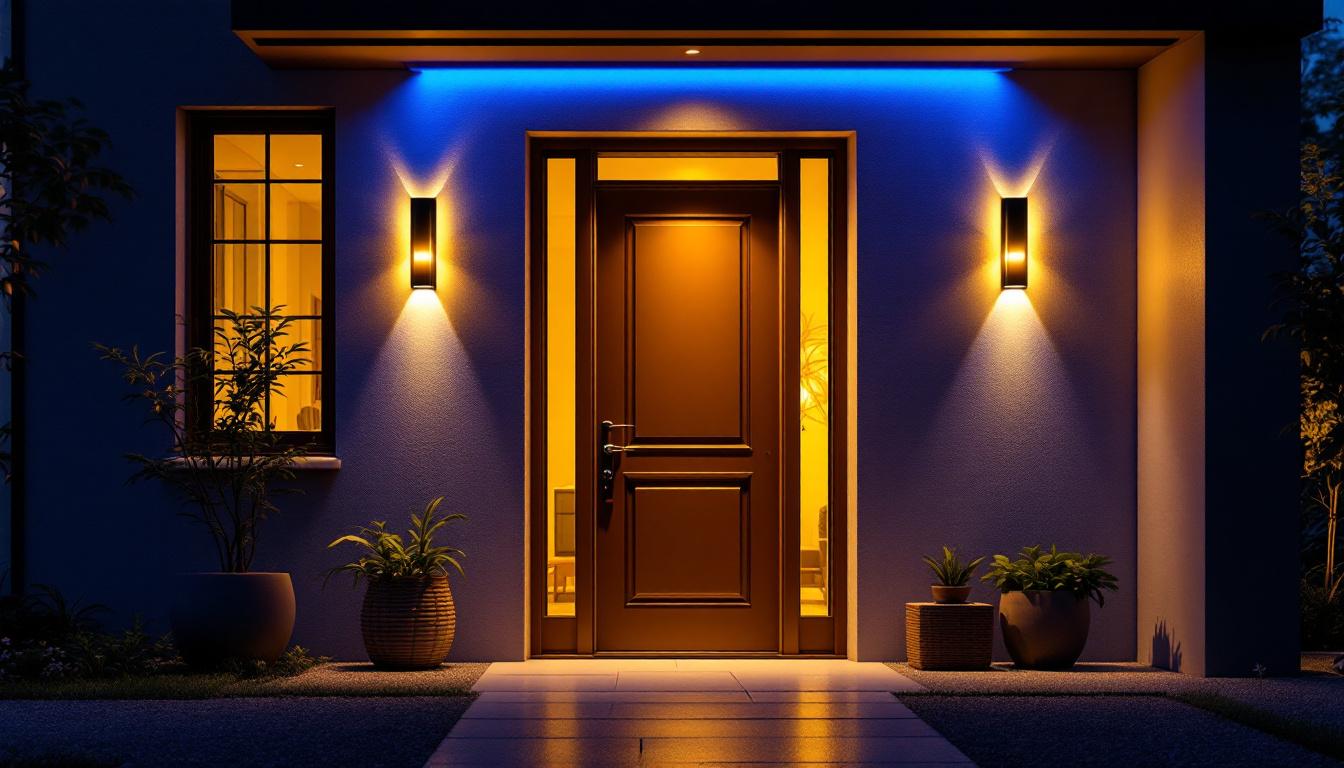
In the ever-evolving world of lighting design and installation, staying updated with the latest trends, technologies, and regulations is essential for every lighting contractor. As the industry progresses, the integration of lighting and fan systems has become increasingly important, not only for aesthetic purposes but also for energy efficiency and sustainability. This article explores the reasons why lighting contractors should remain informed about these developments and how they can enhance their services.
In a field as dynamic as lighting, knowledge is power. The ability to adapt to new technologies and trends can set a contractor apart from the competition. Keeping abreast of the latest advancements not only improves service quality but also builds trust with clients.
Technology in the lighting industry is advancing at a rapid pace. From smart lighting systems that can be controlled via mobile apps to energy-efficient LED options, contractors must familiarize themselves with these innovations. Understanding how to integrate these technologies into existing systems can significantly enhance a contractor’s service offerings.
Moreover, being knowledgeable about the latest tools and software can streamline the design and installation processes. This not only saves time but also reduces costs, making projects more profitable. Clients are increasingly looking for contractors who can provide modern solutions, and being well-versed in the latest technology is a key differentiator.
As energy costs continue to rise and environmental concerns grow, energy efficiency has become a top priority for many homeowners and businesses. Lighting contractors who stay updated on energy-efficient products and practices can offer clients solutions that not only reduce their carbon footprint but also lower their utility bills.
Incorporating energy-efficient lighting and fan systems can lead to significant savings over time. By understanding the latest energy codes and standards, contractors can ensure that their installations meet or exceed regulations, providing peace of mind for clients and fostering long-term relationships.
The integration of lighting and fan systems is becoming more common in modern design. Understanding how these two elements work together can provide contractors with a competitive edge. Clients often seek solutions that enhance both comfort and aesthetics, making it essential for contractors to grasp the nuances of combining these systems effectively.
When designing spaces that incorporate both lighting and fans, several factors must be considered. The size and style of the room, the height of the ceilings, and the desired ambiance all play crucial roles in determining the best combination of lighting and fan systems. Contractors should be equipped to offer tailored solutions that meet the specific needs of each client.
Additionally, the aesthetic appeal of lighting fixtures and fans can significantly impact a room’s overall design. Staying updated on the latest styles and trends allows contractors to recommend products that not only function well but also enhance the visual appeal of a space.
Proper installation techniques are vital when integrating lighting and fan systems. Contractors must be knowledgeable about the best practices for mounting fixtures, ensuring proper wiring, and achieving optimal performance. This includes understanding the electrical requirements for both lighting and fans, as well as the importance of balancing airflow and light distribution.
Furthermore, contractors should be aware of the various control systems available for managing both lighting and fan operations. smart home technology is becoming increasingly popular, and being able to offer clients integrated solutions can elevate a contractor’s service portfolio.
Compliance with local regulations and safety standards is a fundamental aspect of any lighting contractor’s responsibilities. As regulations evolve, contractors must stay informed to ensure that their work meets all necessary codes. This not only protects the contractor from potential legal issues but also safeguards the client’s investment.
Local building codes and regulations can vary significantly from one area to another. Lighting contractors must be diligent in understanding the specific requirements that apply to their projects. This includes knowledge of energy efficiency standards, electrical codes, and safety regulations governing the installation of lighting and fan systems.
By staying informed about these codes, contractors can avoid costly mistakes and ensure that their installations are compliant. This commitment to regulatory adherence can also enhance a contractor’s reputation in the community, leading to more referrals and repeat business.
Safety should always be a top priority in any lighting project. Contractors must be well-versed in safe installation practices, including proper handling of electrical components and the use of personal protective equipment (PPE). Understanding the risks associated with electrical work and implementing safety protocols is essential for protecting both the contractor and the client.
Moreover, educating clients about the importance of safety in lighting and fan installations can foster trust and confidence. Providing information on how to maintain systems safely and recognizing potential hazards can further enhance the contractor-client relationship.
Educating clients about the benefits of modern lighting and fan systems is a key component of effective service. Contractors who take the time to explain the advantages of energy-efficient products, smart technology, and proper maintenance can empower clients to make informed decisions.
When discussing lighting and fan options, it’s essential for contractors to communicate the long-term benefits clearly. This includes not only energy savings but also improved comfort and aesthetics. Providing clients with case studies or examples of successful installations can help illustrate these benefits effectively.
Additionally, contractors should be prepared to answer any questions clients may have about the products and systems being installed. This level of engagement can enhance the client experience and build a sense of partnership throughout the project.
Once a project is complete, the relationship between a contractor and client should not end. Offering maintenance tips and guidance on how to care for lighting and fan systems can help clients maximize their investments. This can include advice on cleaning, troubleshooting common issues, and when to seek professional assistance.
Providing ongoing support can lead to repeat business and referrals, as satisfied clients are more likely to recommend a contractor who continues to offer value beyond the initial installation.
As sustainability becomes increasingly important in the construction and design industries, lighting contractors have a unique opportunity to lead the way in promoting eco-friendly practices. Staying updated on sustainable lighting and fan solutions can help contractors meet the growing demand for environmentally responsible options.
Energy-efficient lighting and fan systems are not only beneficial for the environment but also for clients’ wallets. Contractors should be knowledgeable about the latest energy-efficient technologies, such as LED lighting and high-efficiency fans, and be able to recommend these options to clients.
Furthermore, understanding the benefits of daylighting and how to incorporate natural light into designs can enhance energy efficiency. By promoting these sustainable practices, contractors can position themselves as leaders in the industry and attract environmentally conscious clients.
In addition to promoting energy efficiency, contractors should also consider the environmental impact of their installation practices. Implementing recycling programs for old fixtures and materials can significantly reduce waste. Educating clients about the importance of proper disposal and recycling can further enhance a contractor’s commitment to sustainability.
By adopting sustainable practices, lighting contractors can not only contribute to environmental preservation but also differentiate themselves in a competitive market. Clients are increasingly seeking contractors who prioritize sustainability, making it a valuable selling point.
Staying updated in the lighting industry is not solely about technology and regulations; networking and professional development are equally important. Engaging with peers, attending industry events, and participating in training programs can provide valuable insights and foster growth.
Networking with other lighting contractors, suppliers, and industry experts can lead to valuable collaborations and partnerships. Sharing knowledge and experiences can help contractors stay informed about the latest trends and best practices. Additionally, a strong professional network can provide support and resources when facing challenges in the field.
Participating in local trade associations or industry groups can also enhance a contractor’s visibility and credibility. These organizations often provide valuable resources, training opportunities, and access to industry events that can further a contractor’s professional development.
Investing in continuing education is crucial for lighting contractors who want to remain competitive. Many organizations offer training programs and certifications that cover various aspects of lighting design, installation, and technology. By pursuing these opportunities, contractors can enhance their skills and knowledge, leading to improved service quality and client satisfaction.
Moreover, staying updated on industry trends through webinars, workshops, and conferences can provide contractors with fresh perspectives and innovative ideas. This commitment to learning can ultimately benefit both the contractor and their clients.
In a rapidly changing industry, staying updated is not just beneficial; it is essential for lighting contractors. By embracing new technologies, understanding the intersection of lighting and fans, ensuring regulatory compliance, and promoting sustainability, contractors can enhance their services and build lasting relationships with clients.
Furthermore, engaging in client education, networking, and professional development can position contractors as trusted experts in their field. The commitment to continuous improvement and adaptation will not only lead to business growth but also contribute to a more sustainable and efficient future in lighting design and installation.
Ultimately, the success of a lighting contractor hinges on their ability to stay informed and responsive to the evolving demands of the industry. By doing so, they can ensure their relevance and success in a competitive market.
Ready to take your lighting projects to the next level? At LumenWholesale, we provide lighting contractors like you with the highest quality, spec-grade lighting products at prices that can’t be beaten. Say goodbye to local distributor markups and hello to our extensive selection that meets rigorous industry standards. With free shipping on bulk orders, you can stock up on superior lighting solutions without worrying about hidden fees. Elevate your service offerings and stay ahead in the competitive market with the unbeatable value and convenience of Wholesale Lighting at the Best Value from LumenWholesale.

Discover the essentials of warehouse ceiling fans in just five minutes with our comprehensive guide tailored for lighting contractors.

Illuminate your space with style by exploring the world of modern ceiling lights.

Discover the must-have 12-inch LED lights that are transforming projects for lighting contractors.

Discover essential insights on LED front door lights every lighting contractor must know.